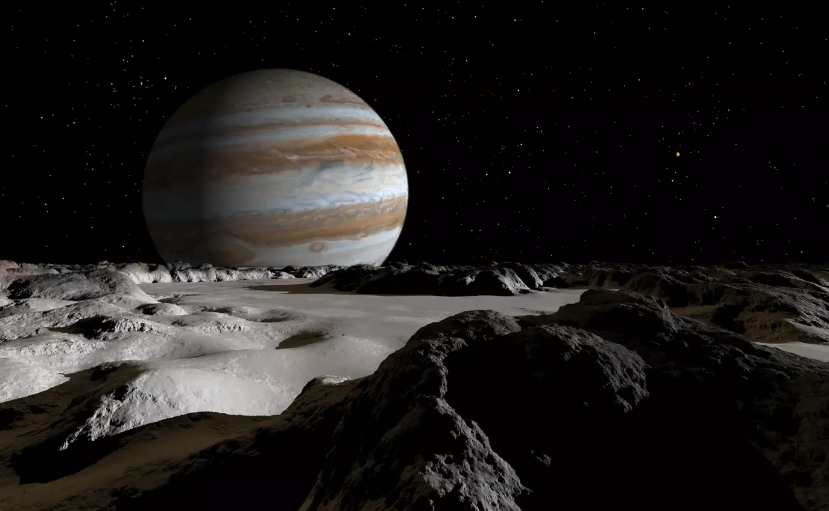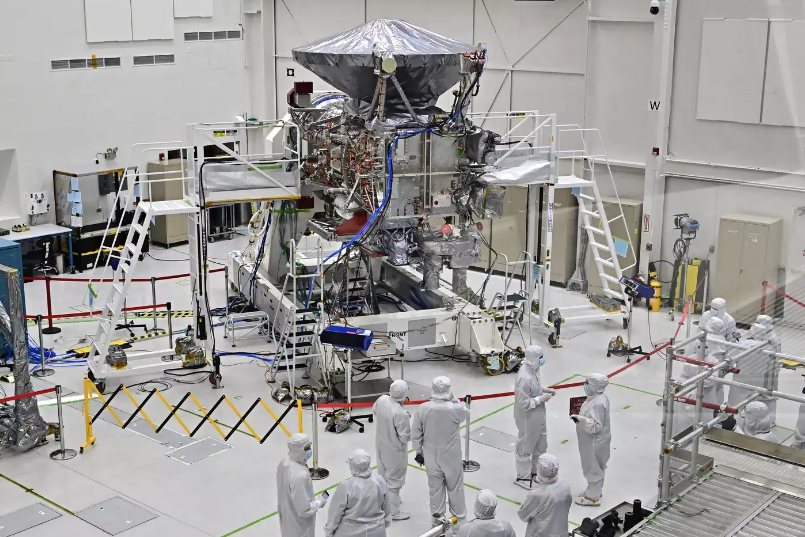NASA's Europa Clipper Mission: A Journey in Search of Alien Life
NASA's Europa Clipper mission is on the verge of completion, representing humanity's most promising endeavor yet to discover extraterrestrial life within our solar system. With a budget of $5 billion, this space probe signifies a monumental leap forward in our quest to explore the mysteries of the Milky Way.
The National Aeronautics and Space Administration (NASA), renowned for its pioneering achievements since the 1950s, has continuously pushed the boundaries of space exploration. From the historic Moon Landing to innovative projects like the development of a lunar car for regular moon missions, NASA's legacy of scientific exploration is unparalleled.
While Mars remains a focal point for future human missions, the Europa Clipper mission sets its sights beyond Mars, towards the gas giant Jupiter and its enigmatic moon, Europa. This icy celestial body has captured the imagination of scientists and space enthusiasts alike due to its potential for harboring life.
The Europa Clipper space probe, currently housed in a meticulously maintained 'clean room' to safeguard it from Earth's elements, represents a beacon of hope in our search for alien life forms. Scheduled for launch in October from the Kennedy Space Center in Florida, this mission aims to unravel the mysteries hidden beneath Europa's icy surface.
Bob Pappalardo, the mission's project scientist, emphasizes the significance of this endeavor in our quest to answer one of the most fundamental questions: are we alone in the cosmos? The discovery of conditions conducive to life on Europa could revolutionize our understanding of life's prevalence in the universe.
The Europa Clipper's arrival in Jupiter's orbit in April 2030 heralds a new era of scientific exploration. Equipped with state-of-the-art instruments, including a mass spectrometer capable of analyzing ice grains for biological traces, this mission holds immense promise for detecting signs of life beyond Earth.
A recent study by the University of Washington and the Freie Universität Berlin has bolstered optimism, suggesting that even minuscule biological material could be identified using advanced spacecraft instruments. Lead author Fabian Klenner highlights the potential for detecting lifeforms akin to those found on Earth, a prospect that fuels anticipation for the Europa Clipper mission's groundbreaking discoveries.
In essence, NASA's Europa Clipper mission symbolizes humanity's relentless pursuit of knowledge and the quest for answers to age-old questions about our place in the cosmos. As we venture into the depths of space, guided by curiosity and scientific ingenuity, each milestone brings us closer to unraveling the mysteries of alien worlds and the potential for life beyond our planet.
%20(5).png)










